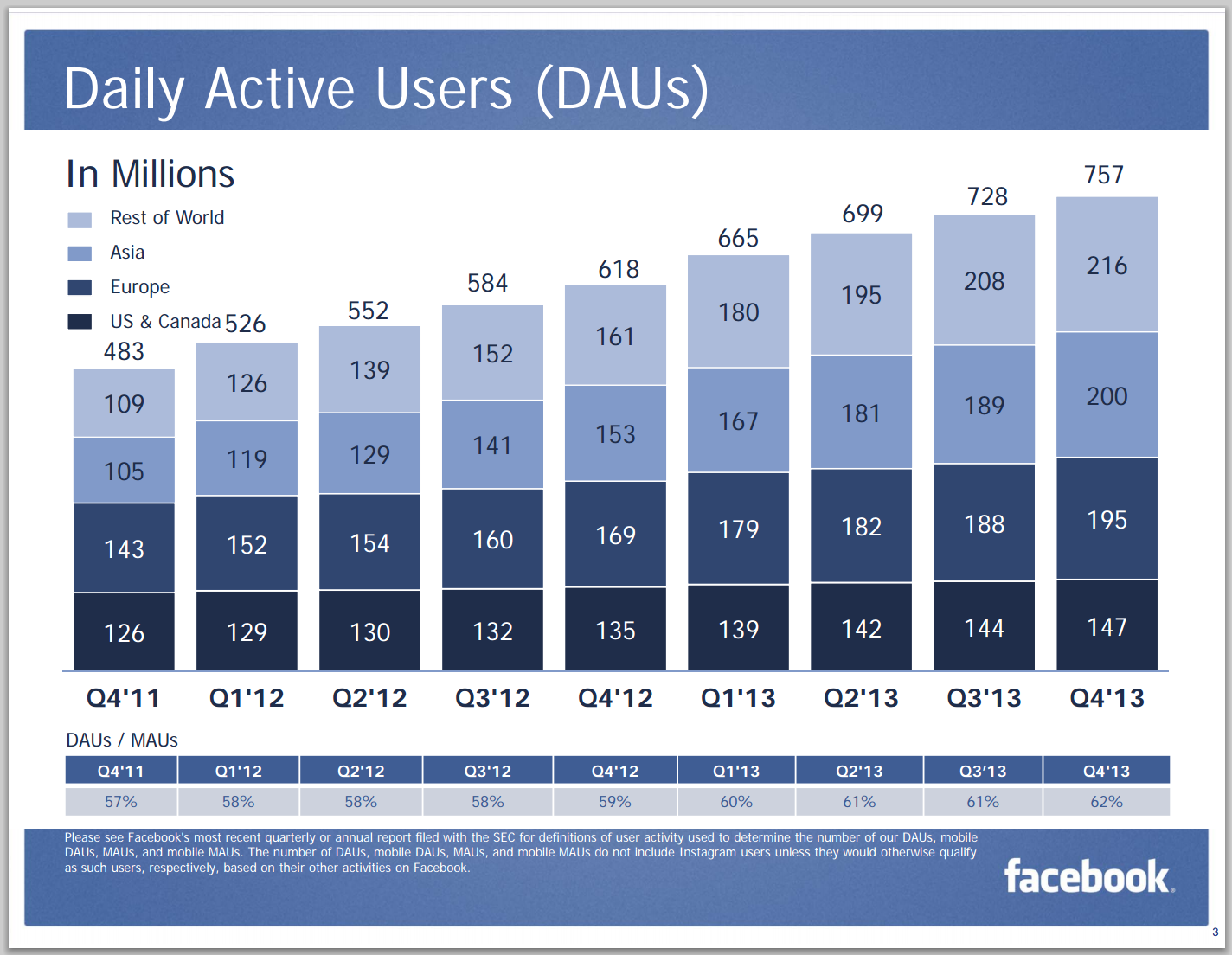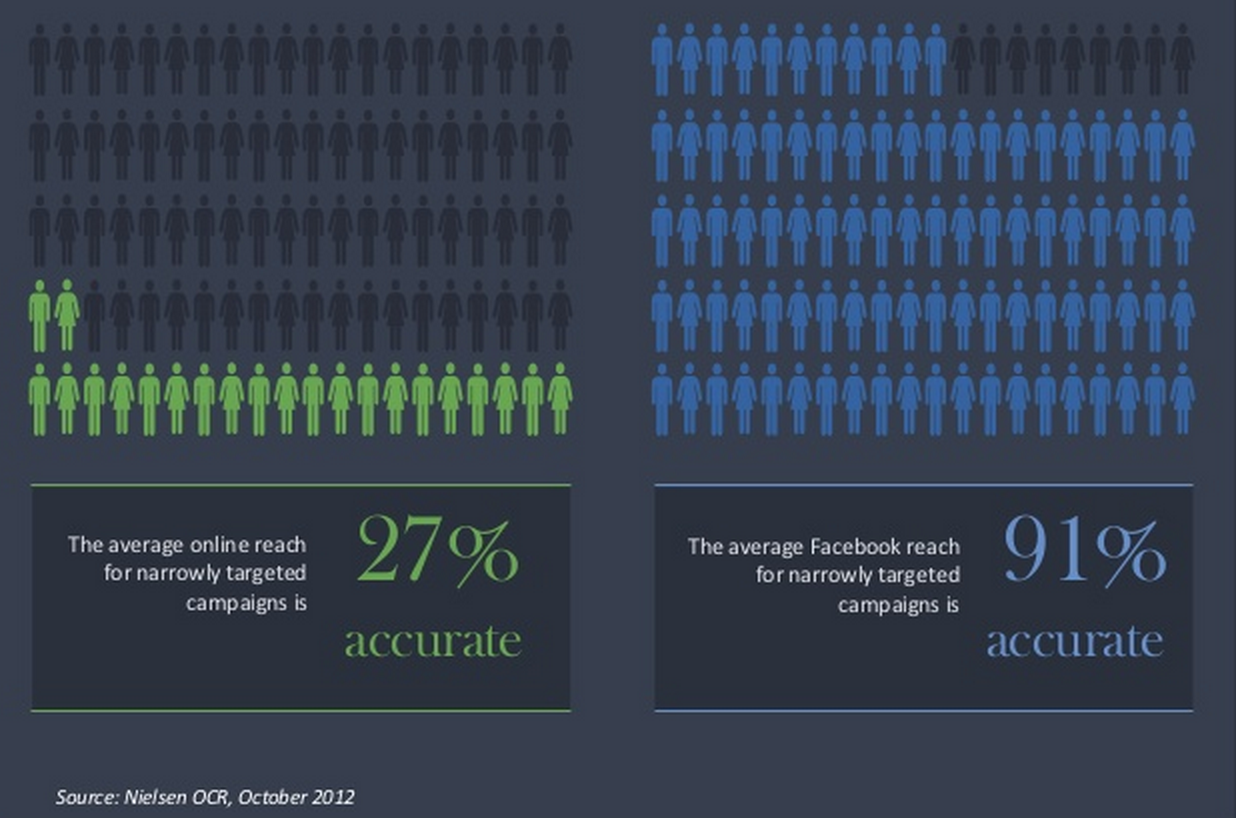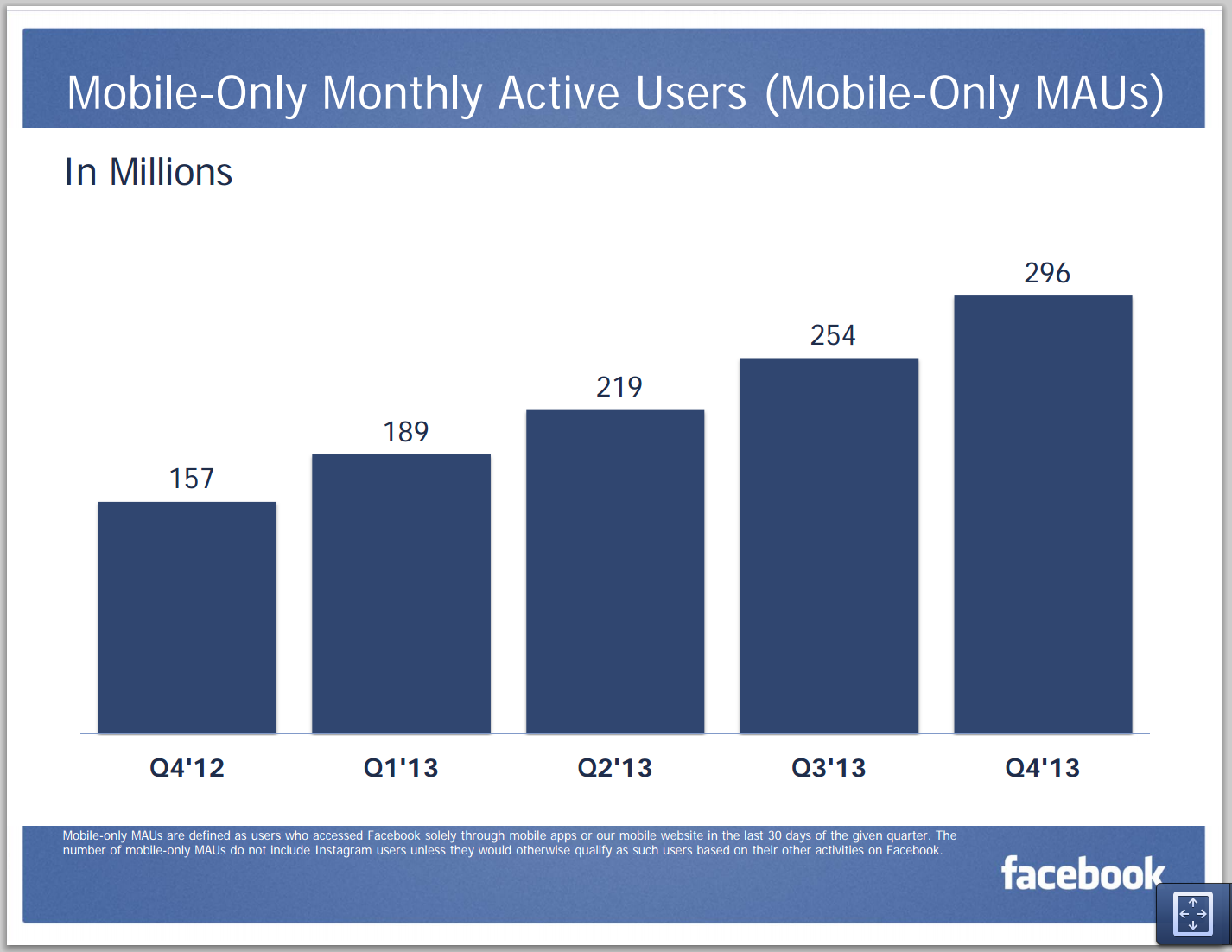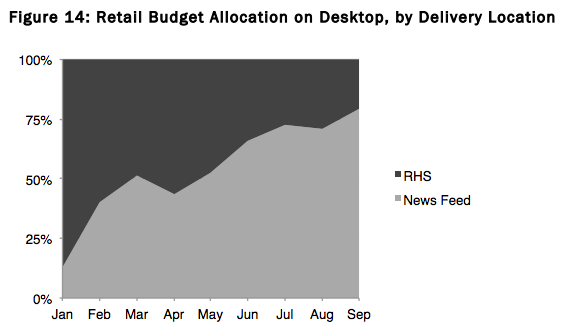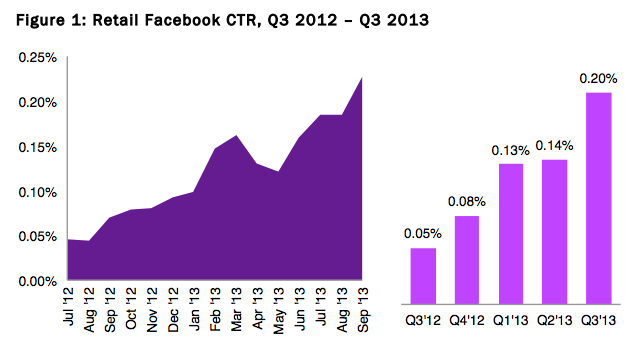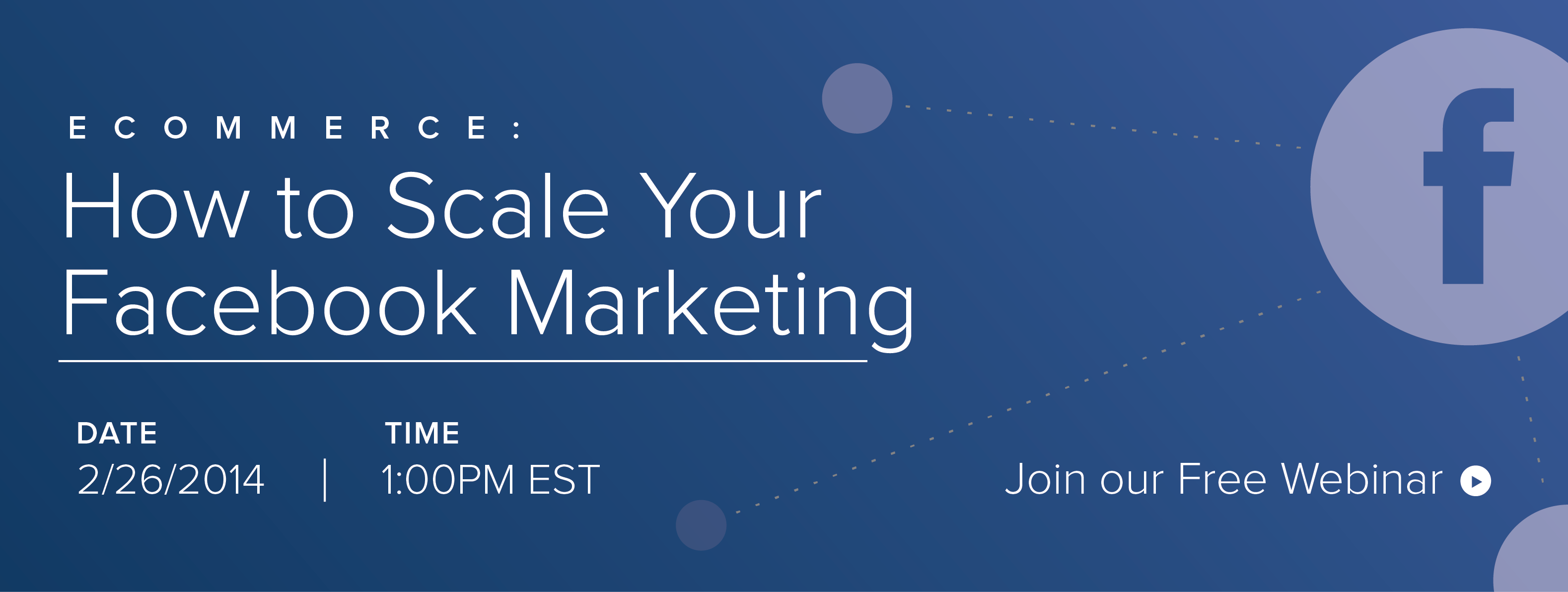If all you’re doing is reading headlines, you may have made the assumption that Facebook is over. Major brands are leaving, the millennials are leaving, and half the people you know are talking about quitting. While they get readers, these headlines don’t quite tell the whole story.
Facebook has become deeply embedded in the social fabric of millions of lives. At the same time, it has been building a powerful advertising platform that thrives in real-time. These combined forces are turning Facebook into one of the hottest new advertising opportunities available.
The “Everyone is leaving Facebook” myth
Facebook remains the social media powerhouse. Google defined search, Kleenex defined tissues, and Facebook defined social media. A massive 71% of adults use Facebook, three times more than the next social media runner up, LinkedIn.
Now get this, it’s still growing. Worldwide, the number of daily active users logging into Facebook continues its steady march upwards.
Facebook is a modern day town square where 71% of adults go to exchange information. It doesn’t matter if the information we get there is mostly cat memes, baby pictures, and a buffet of the most irritating behavior on the internet. If 71% of people are doing something, you either show up or you miss out.
Facebook has become a part of our lives. It’s not just that “everyone else is doing it.” It’s that it has become a ritual for so many of us. The average smartphone user checks Facebook 14 times a day. The average Facebook user spends 18 minutes on the site each time they check in. Whether we like it or not, Facebook is as normal as brushing your teeth – and we do it far more often.
A googol opportunities
This kind of volume and engagement would be enough to get any advertiser’s ears perking up, but it’s something else as well. After all, 99% of American households own a TV. There are other mediums well-equipped at grabbing and keeping user attention. The thing that makes Facebook a formidable advertising platform is its ability to target with incredible precision.
Facebook can achieve this kind of accuracy because it has an enormous amount of user information, and the ability to turn that information into targeting options. It’s estimated that Facebook has over a googol targeting options. Starting with the usual demographics such as gender, age, and location. Then expanding into connections, categories, and interests. If you’re an ecommerce retailer who wants to promote your new line of dog purses that are branded with Eminem lyrics written in Swahili, Facebook can help you find a viable audience for that product. That’s something no other advertising platform can promise.
Peanut Butter and Jelly
Seth Godin has a theory about football and television. He argues that the emergence of television and football shaped each other:
…football, more than any other sport, is made for television. It’s better on TV than it is live. The combination of the play clock, the angles, the repetition and the opportunity for analysis all make it perfect to watch on TV. And perfect to run commercials on. TV and football grew up together, side by side. Instant replay and the thirty-second commercial, supporting each other.
The same argument could be made about Facebook and mobile, they’ve grown up together. A waiting room, an elevator ride, a lull in conversation have all become a cue to pick up our phones, to “check-in” with what our friends are up to. The social network that grew out of a desire to connect people has evolved perfectly along side the possession that now connects us to everything.
For millions of people the experience of Facebook is inseparable from their smartphone. In 2013 296 million of Facebook’s monthly active users were mobile-only. That’s getting close to double what it was a year ago.
Facebook was willing to pay $19 billion for its latest acquisition because it wants to, no, needs to own the mobile experience for its users. Facebook is out to shape the mobile experience and it’s tailoring every aspect of its business model to cater to our love of smartphones, starting with its bread and butter – ads.
Ad types
Over the past few years Facebook has been hard at working shedding its image as the purveyor of fuzzy engagement metrics (i.e. “like our page!”). The transformation has Facebook emerging as a big-time performance-based marketing platform.
Facebook ads come in a variety of options: mobile app install ads, page post ads, unpublished page posts, sponsored story, etc. They all boil down to two core placements: right hand side ads or news feed ads.
Right hand side ads
Sometimes known as marketplace ads, these are the little guys that we’ve all come to know and, the data suggests, mostly ignore:

On average, click through rates for right hand side ads are 26.4 times lower than their counterparts showing up in the news feed. Not too surprisingly, advertisers are responding by following the eyeballs. Ad spend on news feed ads has been growing. Expanding from 35% of Facebook ad spend (Q1, 2013) to 74% (Q3, 2013) of Facebook ad spend.
Again, this shift in budget is a direct reflection of consumers reliance on mobile. News feed ads show up beautifully in mobile. Right hand side ads? Not at all. Choosing to rely on right hand side ads alone means advertisers are missing out on 296 million potential eyeballs.
News feed ads
News feed ads do just what they say, they show up in your news feed like this:
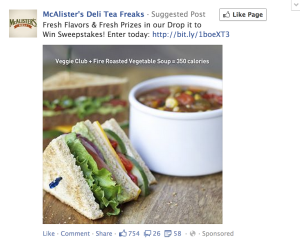
As an added bonus they also show up even better in mobile. Occupying almost the entire screen and minimizing the chances that we’ll be distracted by a puppy picture:

Video advertising
Facebook continues to play around with various types and uses for these two placements. Most recently it introduced video ads to a select group of advertisers and with limited targeting capabilities. In true Facebook fashion legions of fans promised to quit the free service if video ads show up in their timeline. There doesn’t appear to be any evidence that this exodus will actually happen.
Sponsored stories
Facebook has been getting some heat for its sponsored stories, the ads that so effectively leverage “social proof.” This ad type will be gone for good sometime around April.
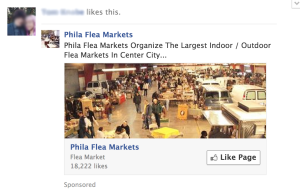
Facebook’s ad exchange
Facebook ad exchange, better known as FBX, was launched in June 2012. Less than two years later FBX accounts for nearly half (45%) of retargeted clicks on the web. The reason that advertisers have been so quick to jump for this ad opportunity is that it’s incredibly effective:
After being retargeted through FBX, Nanigans data shows that customers entering the remarketing pool through native Facebook audience targeting purchased 89% more in sales revenue than those who entered the remarketing pool through non-Facebook channels.
And it doesn’t stop there:
Dynamic creative through FBX resulted in 5.1 times higher ROI (return in sales revenue on the cost of the ad spend) than more evergreen creative through FBX.
It’s all about the ROI
And this is it, when you boil it down, it’s all about ROI. It doesn’t matter if Facebook users say they hate ads, it only matters that they’re clicking at a higher rate than ever.
Rising cost-per-click did some damage at the end of 2012 and into 2013. In spite of this, Facebook ROI for Nanigans’ clients remained an average of 152% throughout 2013:
Let’s wrap this up
Marketers tend to be early adopters. You were probably the first person preaching the value of Facebook at your company. Maybe you were among the handful of people that actually used Facebook flyers. To you, Facebook is old news. And that’s exactly what makes it so valuable. It has matured as an advertising platform and it remains the go-to social network. It’s no longer time to test or dabble in Facebook. It’s time to go big. The Facebook opportunity is huge, don’t be the one who misses it.


